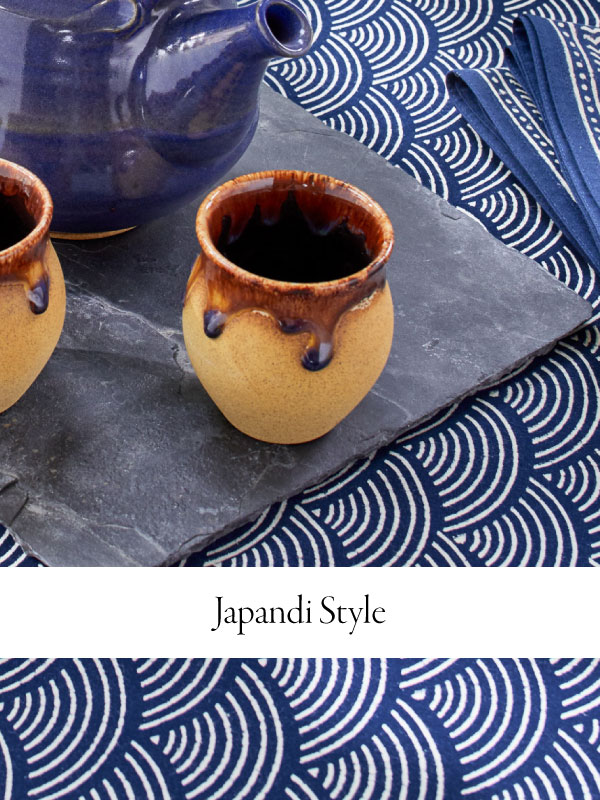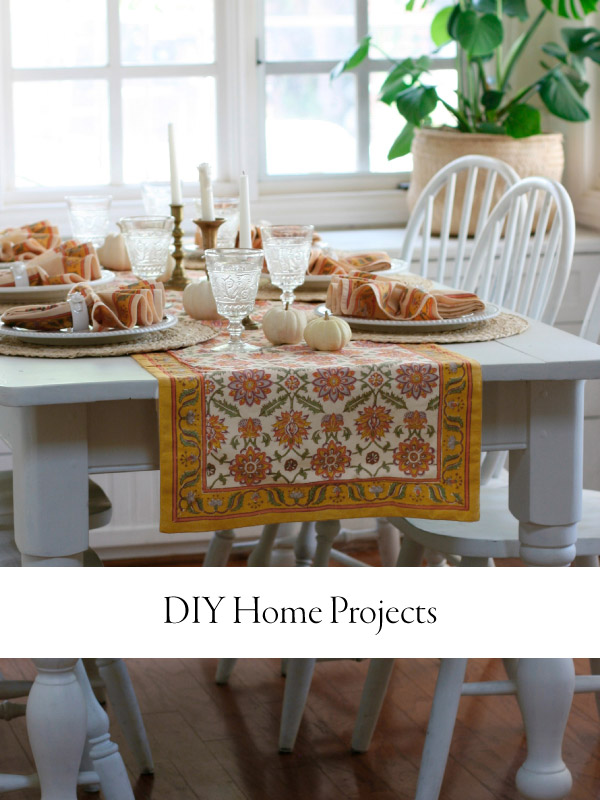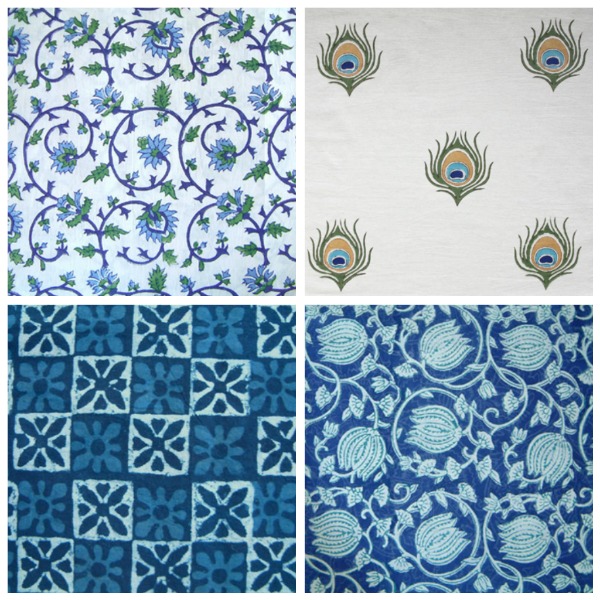Reed wood is a gorgeous decorative technique in woodworking or ceramics where the material has been carved or molded with parallel grooves called reeds. The result is a textured pattern of rounded peaks—elegant, contemporary, and utterly stylish. In this blog, we’ll introduce what is reeded wood, its applications in the home, and how you can choose the right type to fit your space!
Table of Contents
- What is reeded wood
- Why use reeded wood in your home
- Applications of reeded wood in the home
- How to choose the right wood for your home
- Care and maintenance of reeded wood
- Other types of decorative wood
- Patterns colors to pair with reeded wood
What is reeded wood?
Reeded wood refers to wood that has been carved or molded with parallel, evenly spaced grooves or ridges long its surfaces called reeds. This decorative treatment (reeding) adds texture and visual interest to the wood, making it a popular choice for various interior design applications, particularly in cabinetry and wall paneling. The grooves may be shallow or deep, wide or narrow, and are often used to create a sense of depth and dimension on otherwise flat surfaces.

Why use reeded wood in your home?
Reeding provides several key aesthetic and practical benefits in the home.
- Aesthetic appeal: This decorative finish adds texture and visual interest to your space.
- Versatility in various design styles (modern, classic, etc.): Depending on the type of wood and its application, reeded wood can enhance your interior design style.
- Durability and maintenance: Just like with any wooden feature or cabinetry, reeded wood can last a long time with the proper maintenance, e.g. regular, proper cleaning.
- Eco-friendly options and sustainability: Reeded wood can be sourced from sustainable options such as mango, eucalyptus, and and reclaimed wood.
Applications of Reeded Wood in the Home
Turning any blank surface into a focal point, reeding has many applications in a home.
Walls and paneling
When using reeded paneling for a feature wall, choose a prominent wall that naturally draws attention such as the wall behind your bed, behind the television, or behind the fireplace. You can also make an impact in the entryway, setting a stylish tone for the rest of the home, or in the bathroom as an accent wall, creating a luxurious atmosphere in the bathroom.

Reeded wall panels can be purchased online or in-store and installed with a little effort, requiring just adhesives and perhaps an extra set of hands. During your design process, decide on the groove width and depth that complements your room’s aesthetic, the type of wood (oak, walnut, solid, MDF, etc.), the type of finish, and whether you want vertical, horizontal, or even diagonal grooves.
Most reeded wall panels are also available in various sizes, with some that reach one-third or two-thirds of the way up the wall like a classic panel or can be customized to cover your room’s floor-to-wall surface.
Furniture
Versatile and aesthetically pleasing, reeded wood is often featured on kitchen cabinets (as seen in our 2024 kitchen trends blog), living room sideboards, bedroom dressers and chests, console and coffee tables, headboards and bed frames, shelves and bookcases, desks, and office furniture. Accent furniture that makes use of reeding include benches and nightstands. Small reeded panels can be added to the drawer fronts or sides of nightstands to complement a feature wall, for example.
Doors
The reeding technique can also be applied to glass, which is then incorporated into doors. This creates a contemporary look and provides a layer of privacy, as reeded glass blurs the view. Good news is, reeded glass film (or fluted glass film) is sold in self-adhesive units that can be attached onto an existing door or window to improve privacy.
Accents and accessories
Smaller decorative items like picture frames, shelves, and lamp bases with a reeded finish.
Choosing the right reeded wood for your space
Like a wooden dining table, bed frame, or shelf, purchasing a piece of reeded wood requires a few key considerations.

Factors to consider (color, wood type, finish)
Having a little trouble choosing the right reeded wood panel or cabinetry?
- Existing Color Scheme: Choose reeded wood in a color that complements the existing color palette of your room. Match or contrast the wood color with walls, furniture, and other decor items.
- Light vs. Dark Tones: Decide whether you want light or dark wood. Light woods (e.g., maple, birch) can make a space feel larger and more open, while dark woods (e.g., walnut, mahogany) add warmth and a sense of luxury.
- Stained vs. Natural: Consider whether you prefer the natural color of the wood or a stained finish. Staining can enhance the wood grain and color, while a natural finish keeps the original look of the wood. Note that polish and wood sealant can also greatly enhance the wood’s durability.
Matching reeded wood with existing decor
When choosing your reeded wood panel or furniture, consider how it would fit in with your current setup. In pottery and ceramics, the reeding technique is a sophisticated choice for lamp bases and vases. Pair reeded picture frames with other textured materials such as fabric-covered frames or woven baskets to create a rich, layered look.
When shopping for reeded wood shelves, combined these with shelves made from other wood types or finishes. Use metal brackets or supports for reeded wood shelves to add an industrial touch and break up the wooden texture. Then, display items made from different materials on the shelves, such as ceramic vases, glass jars, or stone sculptures, to create a diverse display.

For reeded lamp bases, pair them with metal lampshades or accents to create a striking contrast and add a modern touch. Ensure you create a cohesive color palette that ties together the reeded items and other decor in your room.
Tips for DIY projects vs. hiring professionals
DIY projects are suitable for smaller, less complex tasks where you have the skills, tools, and time to complete the project. For example, adding reeded wood panels to a small accent table may be an easy Saturday morning project, while reeding your entire dining room may take several days.
Here are a few factors and tips and tricks to consider for your reeding project.
- Skill level: Be honest about your home improvement and installation experience. Quality and experience from a professional can save you time and reduce stress for large-scale projects.
- Tools required: Ensure you have the right tools to complete your project. Investing in quality tools can make the job easier and result in a better finished product.
- Start small: If you’re new to home improvement and/or woodworking, start with smaller projects such as reeded wood picture frames or small shelves to build your confidence and skills.
- Research and plan: Create a detailed plan, including measurements, materials, and a step-by-step process. Use online tutorials, guides, and videos to understand the installation process for your project. Woodworking forums and DIY blogs can be invaluable resources.
- Safety first: Wear appropriate protective gear such as safety glasses, gloves, and ear protection when necessary. Ensure your work area is well-ventilated and clean to prevent any accidents.
- Materials and finishes: Choose high-quality reeded wood and finishes to ensure a professional-looking result. Test stains, paints, or sealers on a small piece of wood to see how they look before applying them to your project.
- Choose the right professional: If you prefer to hire a professional for the job, seek recommendations from friends, family, or online communities to find reliable contractors.
- Get multiple quotes: Obtain quotes from several companies/contractors to compare prices, services offered, timelines, and additional fees.

Note: Reeded wood is also available as peel and stick wallpaper! This may be the best choice if you’re looking for something semi-permanent and very easy to install. Also a great option for trying out new ideas on your kitchen island or bathroom cabinets.
Care and Maintenance of Reeded Wood
Reeded wood needs regular care and maintenance, just like any wooded product. Here are a few key tips for ensuring that your reeded wood panel or furnishing lasts a long time.
Cleaning techniques and products
There are a few ways to maintain reeded wood on a day-to-day or weekly basis.
- Regular dusting with a cloth or duster
- Vacuum with a brush attachment
- Use mild soap on a cloth (dish soap with warm water)
- Use tack cloth to pick up dust and dirt and clean the grooves without leaving residue.
Preventing damage and maintaining the finish
When you have reeded wood with a finish, consider the following advice to protect it from damage.
- Avoid harsh chemicals, abrasive cleaners, or steel wool.
- Protect from moisture. Avoid excess water when cleaning. Ensure the reeded wood in moisture-prone areas is properly sealed.
- Prevent scratches and dents by using felt pads under furniture and accessories placed on reeded wood surfaces.
- Reapply the finish periodically as recommended by the manufacturer.
- Use a high-quality furniture polish to maintain the wood’s sheen and protect the surface.
- Protect from sunlight.
- Rotate items in direct sun to prevent uneven fading.

Long-term care tips
Wood is a durable product when taken care of properly. Take a look at our tips and tricks in ensuring the longevity of your reeded wood home features.
- Use a commercial wood cleaner specifically formulated for the type of finish on your reeded wood. Follow the manufacturer’s instructions for the best results.
- After cleaning, use a dry, soft cloth to thoroughly dry the wood to prevent moisture from seeping into the grooves and causing damage.
- Regular inspections for cracks, warping, discoloration.
- Maintain consistent indoor humidity.
- Professional refinishing for deep dents, scratches, or worn finishes.
- Adjust humidity to account for different seasons.
- Immediately clean up after spills.
Other types of decorative wood treatments
Reeded wood is just one of many decorative treatments you might consider for your walls, floors, or furniture. Here are other popular wood treatments/styles, from rustic shiplap to classic board and batten wall panels.

- Shiplap
- Fluted wood
- Beadboard
- Panel molding
- Tongue and groove
- Wainscoting
- Board and batten
- Chevron and herringbone patterns
- Parquet flooring
- Carved wood panels
Reeded wood is a versatile and stylish material that can add texture, depth, and a touch of elegance to your home. Whether used in feature walls, furniture, doors, or small decor, its grooved design brings a sense of sophistication and visual interest to your interior design. Whether you choose to tackle DIY projects or hire professional for the job, understanding the care and maintenance of reeded wood ensures its beauty and durability for years to come.
What patterns and colors to pair with reeded wood
When pairing patterns and colors with reeded wood, botanic and floral designs offer a perfect balance of nature-inspired elegance. Geometric patterns also enhance the look of reeded wood, and here is where Moroccan patterns and radial motifs shine. Choose colors found in nature, from the soft green of a newly unfurled leaf to the deep blues of an ocean wave to complement the texture and organic aesthetic of reeded decor.




